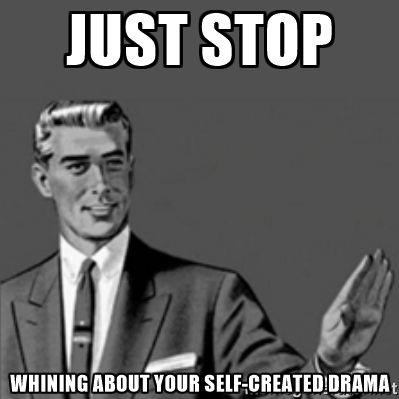New US sanctions force end of dollar and euro trading on Russia’s main exchange
Who’s Laughing Now.
New US sanctions against Russia have caused an immediate suspension of trading in dollars and euros on the country’s leading financial marketplace, the Moscow Exchange.
The exchange, also known as MOEX, and the Russian central bank rushed out statements Wednesday, a public holiday in Russia, within an hour of Washington announcing a new round of sanctions aimed at cutting the flow of money and goods to sustain Moscow’s war in Ukraine.
“Due to the introduction of restrictive measures by the United States against the Moscow Exchange Group, exchange trading and settlements of deliverable instruments in US dollars and euros are suspended,” the central bank said.
The move means banks, companies and investors will no longer be able to trade either currency via a central exchange, which offers advantages such as better liquidity and oversight.
Instead, they will have to trade over the counter, where deals are conducted directly between two parties. The central bank said it would use data from those trades to set official exchange rates.
Many Russians hold savings in dollars or euros, mindful of periodic crises in recent decades when the ruble has crashed in value. The central bank reassured people these deposits were secure.
“Companies and individuals can continue to buy and sell US dollars and euros through Russian banks. All funds in US dollars and euros in the accounts and deposits of citizens and companies remain safe,” it said.
One person at a large, non-sanctioned Russian commodities exporter told Reuters: “We don’t care, we have yuan. Getting dollars and euros in Russia is practically impossible.”
With Moscow pursuing closer trade and political ties with Beijing, China’s yuan has ousted the dollar to become MOEX’s most traded currency, accounting for 53.6% of all foreign currency traded in May.
Dollar-ruble trading volume on MOEX tends to be around 1 billion rubles ($11 million) a day, while euro-ruble trading hovers at around 300 million rubles ($3 million) daily. For yuan-ruble trading, daily volumes now regularly top 8 billion rubles ($90 million).
Dollar rates jump
On the eve of the national holiday, the ruble closed at 89.10 to the dollar and at 95.62 against the euro. Following the sanctions news, some banks immediately jacked up their dollar rates.
Norvik Bank said Wednesday that it was offering to buy dollars for just 50 rubles but sell for 200 rubles, though it later adjusted the rates to 88.20/97.80. Tsifra Bank was buying dollars at 89 rubles and selling at 120.
The US Treasury said it was “targeting the architecture of Russia’s financial system, which has been reoriented to facilitate investment into its defense industry and acquisition of goods needed to further its aggression against Ukraine.”
Russia’s central bank has been bracing for such sanctions for around two years. In July 2022, the bank said it was modeling various sanctions scenarios with foreign exchange market participants and infrastructure organizations.
“This is bad but expected news,” Russian broker T-Investments said on Telegram.
Forbes Russia had reported in 2022 that the central bank was discussing a mechanism for managing the ruble-dollar exchange rate should exchange trading be halted in the event of sanctions against MOEX and its National Clearing Centre, which was also hit by the new sanctions.
MOEX said share trading and money market trades settled in dollars and euros would also cease. The money market comprises low-risk, short-term debt instruments like government bonds and commercial debt.
G7 set to loan $56B of Russian profits to Ukraine. Why retired colonel calls it the right move.



